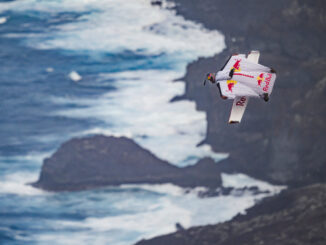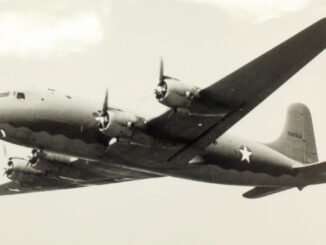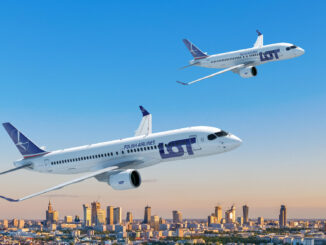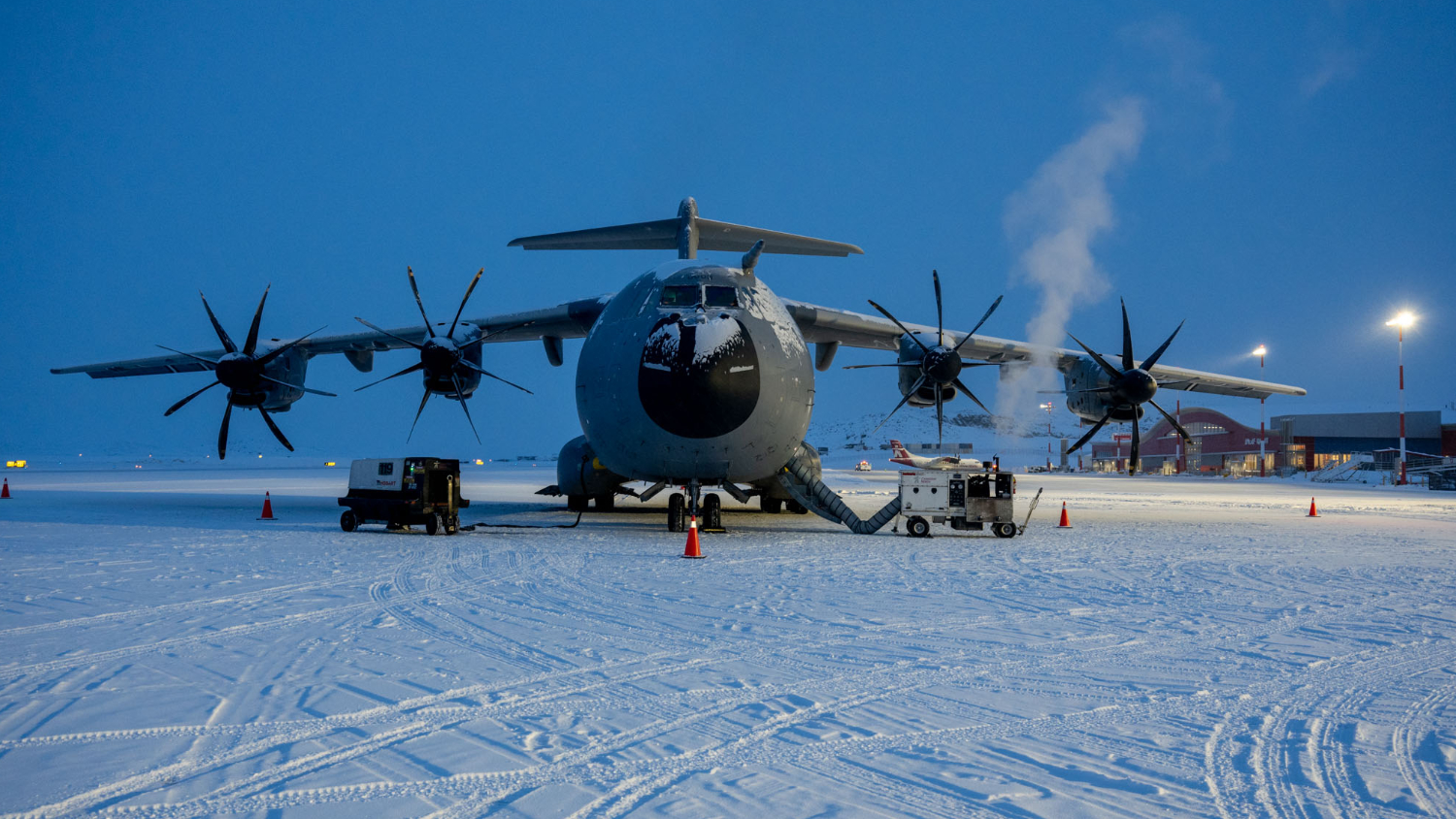 Between 13th and 20th January 2025, the French Equipe de Marque Avion de Transport Tactique (Test and Evaluation Squadron for Tactical Airlift – EMATT) intensively tested capabilities of the Airbus A400M Atlas airlifter by operating the aircraft from bare base airfield and in cold weather conditions.
Between 13th and 20th January 2025, the French Equipe de Marque Avion de Transport Tactique (Test and Evaluation Squadron for Tactical Airlift – EMATT) intensively tested capabilities of the Airbus A400M Atlas airlifter by operating the aircraft from bare base airfield and in cold weather conditions.
For the first time in history of the A400M service with Armée de l’air et de l’espace (the French Air and Space Force), one of those tactical airlifters was deployed to a remote and rough airfield in Canada. The exercise, arranged by the EMATT under the direct supervision of Centre d’expertise aérienne militaire (the Military Air Experiment Centre – CEAM) and led by Lieutenant-Colonel François-Xavier, was aimed to test the A400M capabilities during operations in extreme cold weather conditions, as well as using an icy and snowy runway.
At the beginning, the French team arrived to CFB Trenton, the Canada´s largest air force base located near Ottawa. The base is home of the 8th Wing of the Royal Canadian Air Force and most of the country´s tactical transport aircraft and all its strategic airlifters operate from Trenton.
In the next step, the French team moved to the Great North. The A400M visited several northern communities and landed consecutively at Puvirnituq, Cambridge Bay, Resolute Bay and Iqaluit. In all of those locations, the French were welcomed by harsh winter conditions, temperatures about -45 degrees Celsius and snow-covered runways.
´Our Canadian counterparts are accustomed to work under these conditions. We should note the fact that in the middle of winter, about 90 per cent of their territory is frozen´ – said Lieutenant-Colonel François-Xavier. ´We have been able to benefit from the expertise of our allies, including using their C-17 Globemaster in cold weather. Their advice was valuable. We must have been sure that we should not forget anything in our preparation.´
In particular, the Canadian personnel put great emphasis on pre-flight preheating, as well as taking care of onboard liquids, to prevent them from freezing and cause damage to hoses.
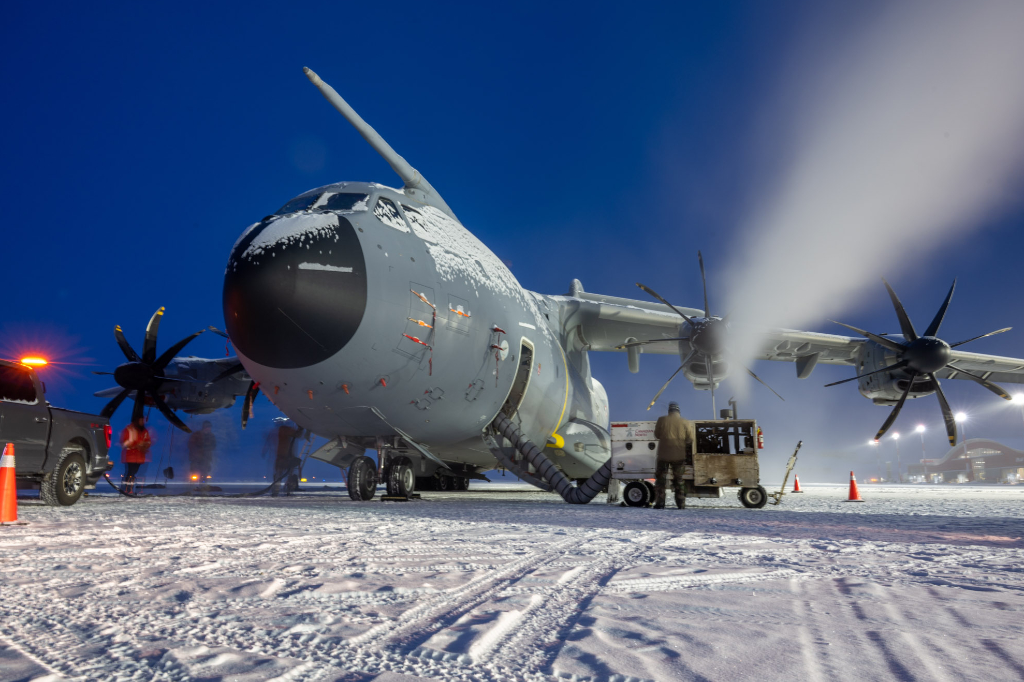
In addition to the flight crew, the French A400M Atlas carried onboard seven combat engineers from 25e régiment du génie de l’air (the 25th Air Engineer Regiment). Their role was to evaluate the runways and gain all necessary experience to maintain them in the Arctic winter conditions.
According to the French Air and Space Force official release, the Canadian mission was highly successful. The French personnel learned how to operate the aircraft in particularly demanding environment, acquired considerable knowledge in organisation, training and runway maintenance, as well as increased their skills to work in Arctic conditions.
In addition, the performance of the Airbus airlifter was assessed as very good, with only few, insignificant failures of its electronics. Moreover, the maintenance of the ice-covered airstrips by Canadian personnel was highly appreciated.
The January mission of the A400M was part of a broader experimental programme, led to increase the French armed forces to operate in the harsh winter environment. Performing flight operations from rough, gravel- and snow-covered runways, was only the first step of that initiative.
In the nearest future, Armée de l’air et de l’espace plans to deploy its aircraft to Greenland and, during the next winter, to fly south and operate from icy runways in Antarctica. All those operations will expand the capabilities of the A400M Atlas, even beyond the original specification.
As Lieutenant-Colonel François-Xavier concluded, the French Air and Space Force must extend its capabilities for some specific operations, increasing its future ability to respond to possible emergencies. And for this purpose, it is necessary to move the real capabilities of the A400M even beyond its contractual limits.
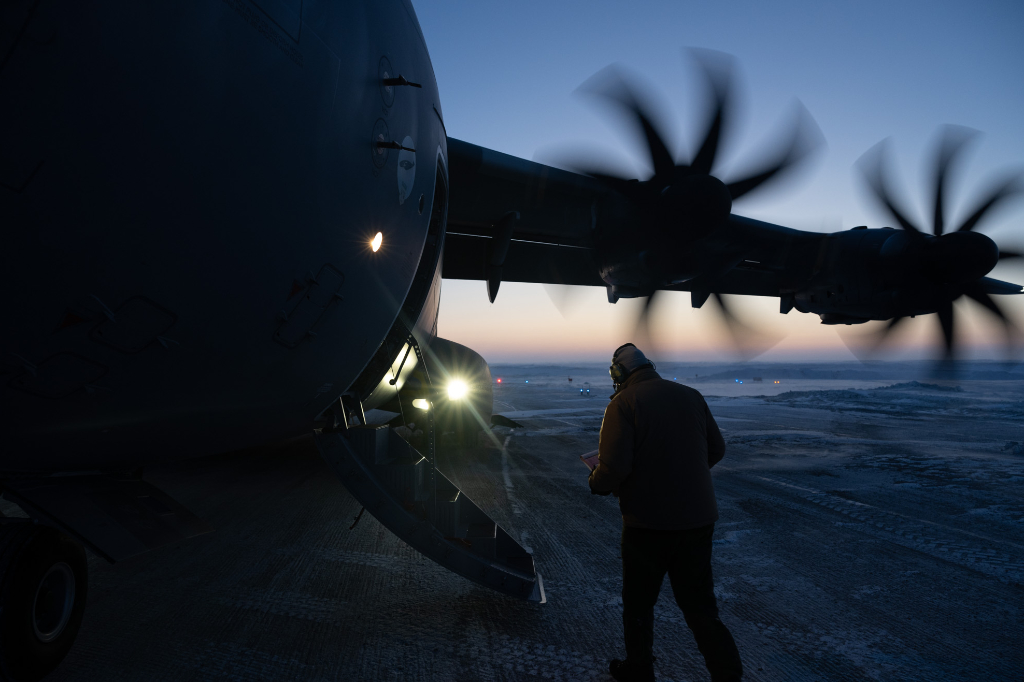
All photos and quotations © Armée de l’air et de l’espace / French Ministry of Defence. Information from the press releases of the French Ministry of Defence – published on the MoD page in January of 2025 – were used, in accordance to the etalab-2.0 licence.

